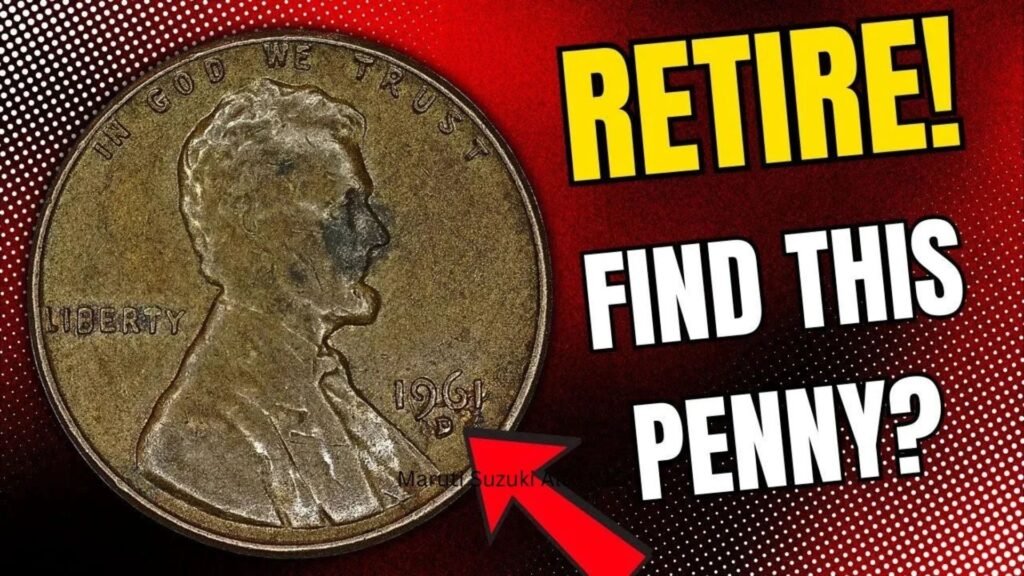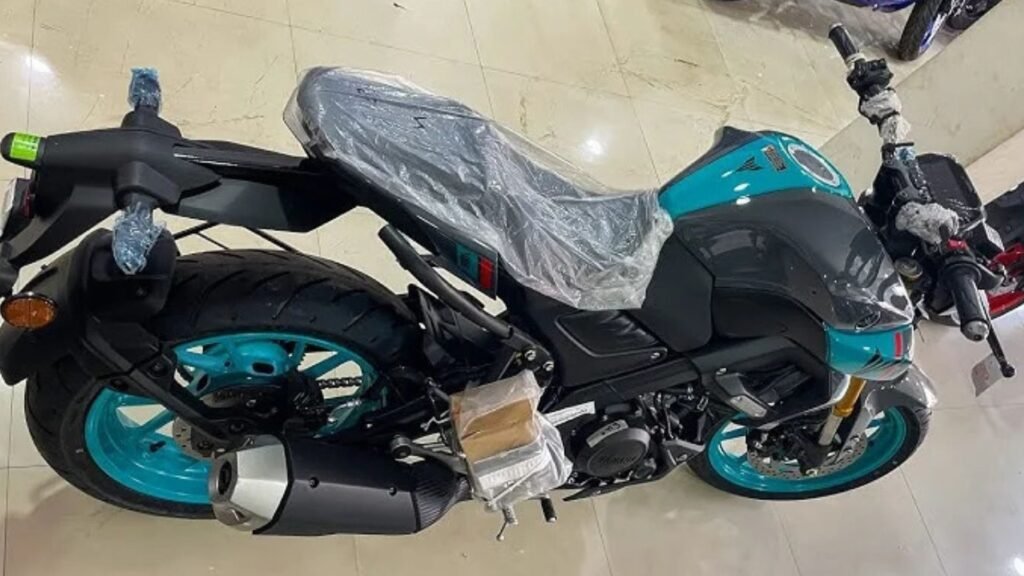The Lincoln Wheat Penny, a staple of American coinage, has captured the imagination of collectors and enthusiasts for over a century. Among the millions of these pennies minted, a few rare specimens have achieved legendary status, with some rumored to be worth staggering sums—potentially up to $21 million. But is such a valuable penny still circulating, waiting to be discovered in pocket change? Let’s explore the history, rarity, and allure of these iconic coins, diving into their value and whether one could still be out there.

The History of the Lincoln Wheat Penny
Introduced in 1909, the Lincoln Wheat Penny was the first U.S. coin to feature a president’s portrait—Abraham Lincoln—designed by Victor David Brenner. The reverse displayed two wheat stalks, giving the coin its nickname. Minted from 1909 to 1958, these pennies were struck in massive quantities, but specific years and varieties have become exceptionally rare due to minting errors, low production, or unique circumstances.
Why Are Some Lincoln Wheat Pennies So Valuable?
The value of certain Lincoln Wheat Pennies stems from their rarity, condition, and historical significance. Key factors include:
- Minting Errors: Mistakes during production, like double strikes or missing mint marks, create unique coins.
- Low Mintage: Some years or mints produced fewer pennies, making them scarce.
- Condition: Coins in pristine, uncirculated condition fetch higher prices.
- Historical Context: Certain pennies, like those from 1909 or wartime years, hold special appeal.
Among the most coveted are coins like the 1909-S VDB, 1914-D, and 1969-S Doubled Die, which have sold for millions at auctions due to their scarcity and collector demand.
The $21 Million Lincoln Wheat Penny: Fact or Myth?
The claim of a Lincoln Wheat Penny worth $21 million likely refers to the 1969-S Doubled Die Obverse, one of the rarest and most valuable pennies. This coin features a dramatic doubling of Lincoln’s portrait and inscriptions, caused by a minting error. In top condition, it has fetched prices exceeding $1 million at auctions, though $21 million may be an exaggeration or speculative estimate for a pristine specimen. Other candidates, like the 1943 Bronze Penny, a wartime error coin mistakenly struck in bronze instead of steel, have also sold for millions.
Notable High-Value Lincoln Wheat Pennies
Here are some of the most valuable Lincoln Wheat Pennies and their estimated auction prices:
- 1909-S VDB: With only 484,000 minted, this coin in mint condition can fetch $100,000 to $2 million.
- 1914-D: Low mintage of 1.2 million makes it worth $100,000+ in high grades.
- 1943 Bronze: A rare error coin, with fewer than 20 known, valued at $1 million to $2 million.
- 1969-S Doubled Die: Known for its bold doubling, it can exceed $1 million in pristine condition.
These coins are highly sought after, but their extreme value is tied to rarity and condition, with only a handful achieving such astronomical prices.
Could a Million-Dollar Penny Still Be in Circulation?
The possibility of finding a valuable Lincoln Wheat Penny in circulation is slim but not impossible. Most high-value pennies, like the 1969-S Doubled Die or 1943 Bronze, were removed from circulation decades ago by collectors or dealers. However, stories persist of rare coins being found in change or inherited collections. For example:
- In 2019, a Massachusetts man discovered a 1943 Bronze Penny in his father’s collection, later valued at over $200,000.
- A 1969-S Doubled Die was found in change in the 1980s, proving these coins occasionally surface.
Banks, coin rolls, and old collections are potential sources, but the odds are low due to the coins’ age and collector vigilance.
How to Identify a Rare Lincoln Wheat Penny
To spot a valuable penny, check these features:
- Year and Mint Mark: Look for key dates like 1909-S, 1914-D, 1931-S, or 1969-S. The mint mark (S for San Francisco, D for Denver, or none for Philadelphia) is below the date.
- Errors: Examine for doubling (e.g., 1969-S Doubled Die) or unusual materials (e.g., 1943 Bronze).
- Condition: Coins graded by services like PCGS or NGC in uncirculated condition (MS-65 or higher) are worth significantly more.
Use a magnifying glass or loupe to inspect details, and compare findings to reputable guides or consult a professional numismatist.
Tips for Coin Collectors and Treasure Hunters
If you’re inspired to hunt for a rare Lincoln Wheat Penny, consider these strategies:
- Search Coin Rolls: Purchase rolls of pennies from banks and inspect them for key dates or errors.
- Check Old Collections: Family heirlooms or forgotten jars of coins may hold treasures.
- Attend Coin Shows: Connect with dealers and experts to learn about rare pennies.
- Get Coins Graded: Professional grading by PCGS or NGC can confirm authenticity and value.
- Stay Informed: Follow numismatic news for updates on recent finds or auction results.
Protecting Your Find
If you suspect you’ve found a valuable penny, handle it carefully to preserve its condition. Store it in a protective holder, avoid cleaning it, and seek appraisal from a trusted coin dealer or grading service.
The Allure of the Lincoln Wheat Penny
The Lincoln Wheat Penny represents more than just pocket change—it’s a piece of American history. Its enduring appeal lies in the thrill of discovery, the stories behind each rare coin, and the potential for life-changing value. While a $21 million penny may be a stretch, coins worth hundreds of thousands or even millions do exist, and the dream of finding one keeps collectors searching.
Final Thoughts
Is a million-dollar Lincoln Wheat Penny still in circulation? It’s unlikely, but the possibility keeps the hunt alive. By learning about key dates, errors, and proper identification, you can join the ranks of numismatists chasing these elusive treasures. Whether you’re a seasoned collector or a curious beginner, the Lincoln Wheat Penny offers a fascinating journey into the world of rare coins.





